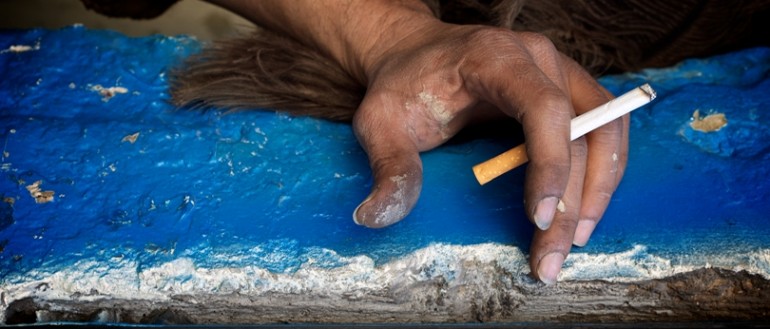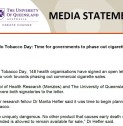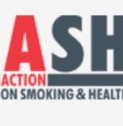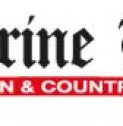
Tobacco smoking was responsible for 20 per cent of national Aboriginal and Torres Strait Islander deaths and 12.1 per cent of the total national Aboriginal and Torres Strait Islander burden of disease in 2003. First Nations Australians' smoking rates are falling, but nearly 50% of First Nations Australian adults smoke, more than double the smoking prevalence among all Australians.
The harm caused by tobacco is a major public health problem for First Nations Australians.
Upholding Menzies’ commitment to informing public health policy, Menzies staff assist governments, Aboriginal Community Controlled Health Services and other organisations in developing evidence-based tobacco control policies. They have been involved in assisting the implementation of the tobacco control elements of the national Indigenous Chronic Disease package, smokefree policies, and in monitoring progress in reducing smoking in the Northern Territory (NT). Associate Professor David Thomas chairs the Northern Territory Tobacco Advisory Committee which reports annually on the state of smoking in the NT.
Our research focus:
- To answer questions about Indigenous tobacco control and areas that are most likely to lead to the greatest reductions in Indigenous smoking
- To investigate smoking in a range of areas to ensure an impact is made both on a local community level as well as a national one
- To contribute to the development and implementation of effective, evidence-based policies and programs through evaluation and other research.
Our research impact:
- Informed public health policy on smoking
- Monitored trends in Indigenous smoking
- Assessed impact of tobacco control activities and policies.
Key staff:
Collaborators:
- Pierce, J.P., Messer, K., White, M.M., Cowling, D.W., & Thomas, D.P. (2011) Prevalence of Heavy Smoking in California and the United States, 1965-2007. The Journal of the American Medical Association, 305(11), 1106-1112.
- Thomas, D.P., Fitz, J.W., Johnston, V., Townsend, J., & Kneebone, W. (2011) Wholesale data for surveillance of Australian Aboriginal tobacco consumption in the Northern Territory. Tobacco Control, 20(4), 291-295.
- Thomas, D. (2012) National trends in Aboriginal and Torres Strait Islander smoking and quitting, 1994–2008. (2012). Australian and New Zealand Journal of Public Health, 36(1), 24-29. Additional tables are available here.
- Thomas, D.P., & Bond, L. (2012). The tobacco industry and Aboriginal and Torres Strait Islander people. Medical Journal of Australia, 197(1), 24-26.
- Johnston, V., Liberato, S., & Thomas, D. (2012). Incentives for preventing smoking in children and adolescents. Cochrane Database of Systematic Reviews, 10, CD008645.
- Thomas, D.P. (2012). Changes in smoking intensity among Aboriginal and Torres Strait Islander people, 1994-2008. Medical Journal of Australia, 198(9), 479.
- Johnston, V., Westphal, D., Earnshaw, C., & Thomas, D.P. (2012). Starting to Smoke: A qualitative study of the experiences of Australian Indigenous Youth. BMC Public Health, 12, 963.
- Thomas, D.P., Ferguson, M., Johnston, V., & Brimblecombe, J. (2013). Impact of tobacco tax increase in remote Australian Aboriginal communities. Nicotine & Tobacco Research, 15(6), 1099-1106.
- Johnston, V., Westphal, D., Glover, M., Thomas, D.P., Segan, C., & Walker, N. (2013). Reducing smoking among indigenous populations: new evidence from a review of trials. Nicotine & Tobacco Research,doi: 10.1093/ntr/ntt022.
- Northern Territory Tobacco Control Advisory Committee (Thomas D, Chair). (2013) Annual Report. Darwin: Northern Territory Department of Health. Retrieved from website.











.jpg&w=123&h=126)








